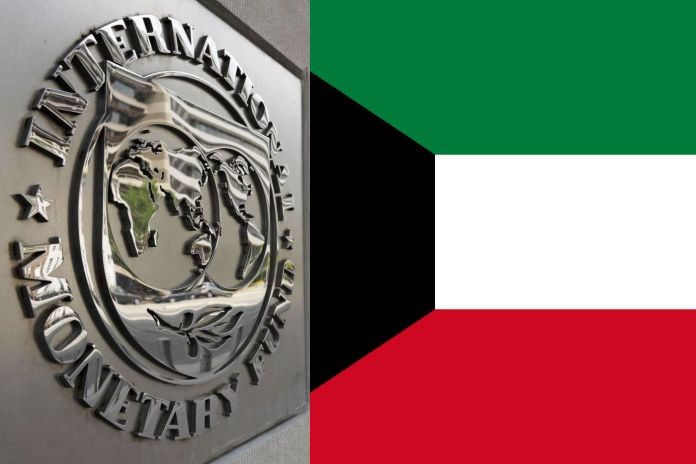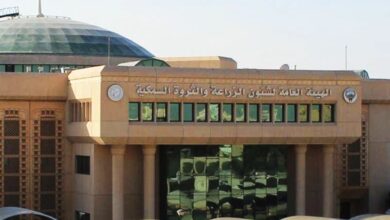Non-oil sector powers Kuwait’s economic recovery, says IMF
After a 2.6% gross domestic product contraction in 2024 from a 6.9% drop in oil output, the country’s non-oil growth rebounded, and 2025 GDP is projected to rise 2.6%, led by oil and private-sector activity.

-
Kuwait’s short-term outlook remains sensitive to global oil market conditions, with risks balanced between potential upsides and downsides from price volatility, OPEC+ production quotas, and geopolitical developments, said the International Monetary Fund.
The International Monetary Fund (IMF) staff mission concluded its visit to Kuwait on September 22, following a week-long stay as part of preliminary consultations for the upcoming 2025 Article IV review, reported Al Anba newspaper.
The Central Bank of Kuwait, in coordination with the IMF and relevant authorities, organized the mission by providing data and arranging meetings with senior officials from both government and private sectors. Discussions covered Kuwait’s economic performance, fiscal and monetary policy, and the resilience of its banking and financial systems.
According to the IMF, Kuwait’s economy is showing signs of recovery. After real GDP contracted by 2.6% in 2024, mainly due to a 6.9% fall in oil output from OPEC+ production cuts, non-oil activity grew by 1.8% supported by private sector demand. In early 2025, growth returned, with GDP rising 1% year-on-year in the first quarter. For the full year, real GDP is projected to expand 2.6%, driven by a 2.4% rebound in oil production as OPEC+ cuts end and a 2.7% increase in non-oil growth.
Inflation has continued to moderate. Headline CPI is expected to fall from 2.9% in 2024 to 2.2% in 2025, supported by easing core inflation and more stable import prices. However, lower oil revenues are straining fiscal and external balances.
The budget deficit is forecast to widen sharply to 7.8% of GDP in FY 2025/26, compared to 2.2% in FY 2024/25, while the current account surplus is expected to narrow to 26.5% of GDP in 2025 from 29.1% the year before.
Despite fiscal pressures, financial stability has been preserved. Credit to the private sector is expected to grow 6.1% in 2025, up from 5.2% in 2024, reflecting solid lending activity. Banks remain well-capitalized with strong liquidity buffers, and non-performing loans are still low.
The IMF noted that Kuwait’s short-term outlook remains sensitive to global oil market conditions, with risks balanced between potential upsides and downsides from price volatility, OPEC+ production quotas, and geopolitical developments.
On reforms, the mission acknowledged progress. In January 2025, Kuwait expanded the 15% corporate income tax to cover all large multinational firms, marking a significant step in fiscal diversification. Furthermore, the approval of the public debt law in March 2025 allowed the government to return to debt issuance after nearly a decade, strengthening financing flexibility.
The IMF stressed the importance of accelerating reforms to diversify the economy, enhance competition, and boost non-oil sector growth. Structural measures, coupled with prudent fiscal management, were highlighted as critical for Kuwait to navigate oil market volatility while building long-term resilience.
Follow The Times Kuwait on
X, Instagram and Facebook for the latest news updates












